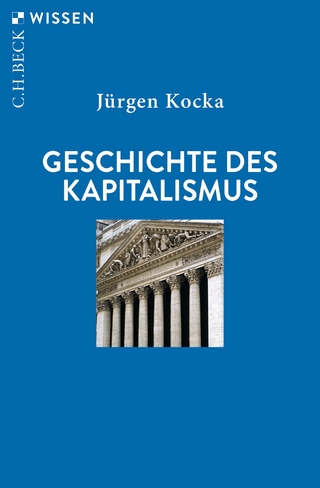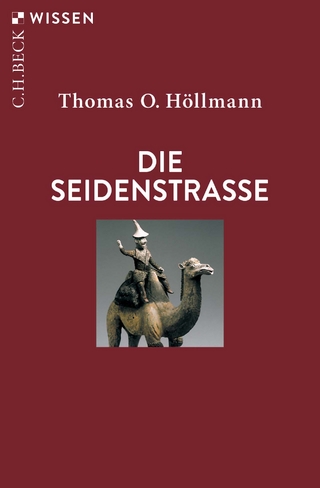
Conquering the Fear of Freedom
Japanese Exchange Rate Policy since 1945
Seiten
2015
Oxford University Press (Verlag)
978-0-19-871465-1 (ISBN)
Oxford University Press (Verlag)
978-0-19-871465-1 (ISBN)
This book documents changes in the foreign exchange rate regime and policy in Japan since the end of the Second World War from a historical perspective.
Conquering the Fear of Freedom presents an analytical review of Japanese exchange rate policy from the end of World War II to the present. It examines how authorities, starting with the imposition of draconian controls over all international financial flows, moved toward eliminating virtually all state interference regulating foreign exchange transactions, including official intervention in the foreign exchange market. It describes how policy and institutional frameworks evolved, explains their domestic and international contexts, and assesses the impacts and consequences of policy actions. Following successful exchange rate-based stabilization in the early 1950s, Japan entered the world trading system with an overvalued currency, which helped perpetuate exchange and capital controls. As the culture of administrative control became ingrained, Japan took a decidedly gradualist approach to establishing current and capital account convertibility. The protracted capital account liberalization, coupled with slow domestic financial liberalization, created large swings in the yen's exchange rate when it was floated in the 1970s. Politicization by major trading partners of Japan's large bilateral trade surplus pressured authorities to subordinate domestic stability to external objectives. The ultimate outcome was costly: from the late 1980s, Japan successively experienced asset price inflation, a banking crisis, and economic stagnation. The book concludes by arguing that the shrinking trade surplus against the background of profound structural changes, the rise of China that has diminished the political intensity of any remaining bilateral economic issues, and the world's sympathy over two decades of deflation have given Japan, at least for now, the freedom to use macroeconomic policies for domestic purposes.
Conquering the Fear of Freedom presents an analytical review of Japanese exchange rate policy from the end of World War II to the present. It examines how authorities, starting with the imposition of draconian controls over all international financial flows, moved toward eliminating virtually all state interference regulating foreign exchange transactions, including official intervention in the foreign exchange market. It describes how policy and institutional frameworks evolved, explains their domestic and international contexts, and assesses the impacts and consequences of policy actions. Following successful exchange rate-based stabilization in the early 1950s, Japan entered the world trading system with an overvalued currency, which helped perpetuate exchange and capital controls. As the culture of administrative control became ingrained, Japan took a decidedly gradualist approach to establishing current and capital account convertibility. The protracted capital account liberalization, coupled with slow domestic financial liberalization, created large swings in the yen's exchange rate when it was floated in the 1970s. Politicization by major trading partners of Japan's large bilateral trade surplus pressured authorities to subordinate domestic stability to external objectives. The ultimate outcome was costly: from the late 1980s, Japan successively experienced asset price inflation, a banking crisis, and economic stagnation. The book concludes by arguing that the shrinking trade surplus against the background of profound structural changes, the rise of China that has diminished the political intensity of any remaining bilateral economic issues, and the world's sympathy over two decades of deflation have given Japan, at least for now, the freedom to use macroeconomic policies for domestic purposes.
Shinji Takagi, Professor Emeritus of Economics at Osaka University, is Assistant Director of the Independent Evaluation Office at the International Monetary Fund in Washington D.C. He has published widely in international monetary economics and related fields. Professor Takagi holds a PhD in economics from the University of Rochester.
1. Exchange Rate-Based Stabilization, 1945-50 ; 2. Achieving Current Account Convertibility, 1949-64 ; 3. Capital Account Liberalization, 1950-80 ; 4. Managing Flexibility, 1971-90 ; 5. Internationalizing the Yen, 1981-2003 ; 6. Foreign Exchange Market Intervention, 1991-2011 ; 7. Conclusion
| Erscheint lt. Verlag | 30.4.2015 |
|---|---|
| Zusatzinfo | Figures and Tables |
| Verlagsort | Oxford |
| Sprache | englisch |
| Maße | 157 x 238 mm |
| Gewicht | 636 g |
| Themenwelt | Geschichte ► Teilgebiete der Geschichte ► Wirtschaftsgeschichte |
| Sozialwissenschaften ► Politik / Verwaltung ► Staat / Verwaltung | |
| Wirtschaft ► Betriebswirtschaft / Management ► Finanzierung | |
| Wirtschaft ► Volkswirtschaftslehre ► Makroökonomie | |
| ISBN-10 | 0-19-871465-3 / 0198714653 |
| ISBN-13 | 978-0-19-871465-1 / 9780198714651 |
| Zustand | Neuware |
| Haben Sie eine Frage zum Produkt? |
Mehr entdecken
aus dem Bereich
aus dem Bereich
die Ukraine, Polen und der Irrweg in der russischen Geschichte
Buch | Hardcover (2023)
C.H.Beck (Verlag)
28,00 €


